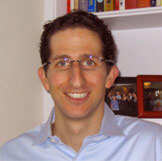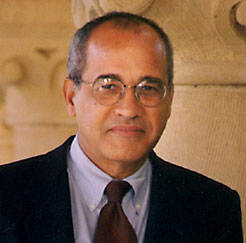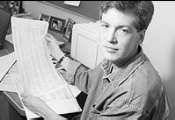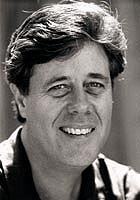A Black History Month Profile: Civil Rights Leader Bayard Rustin
In a 2003 Jerry Jazz Musician interview, John D’Emilio, author of Lost Prophet: The Life and Times of Bayard Rustin, talks about one of the most important figures of the American civil rights movement, and a mentor of Dr. Martin Luther King.
...February 3rd, 2024































































